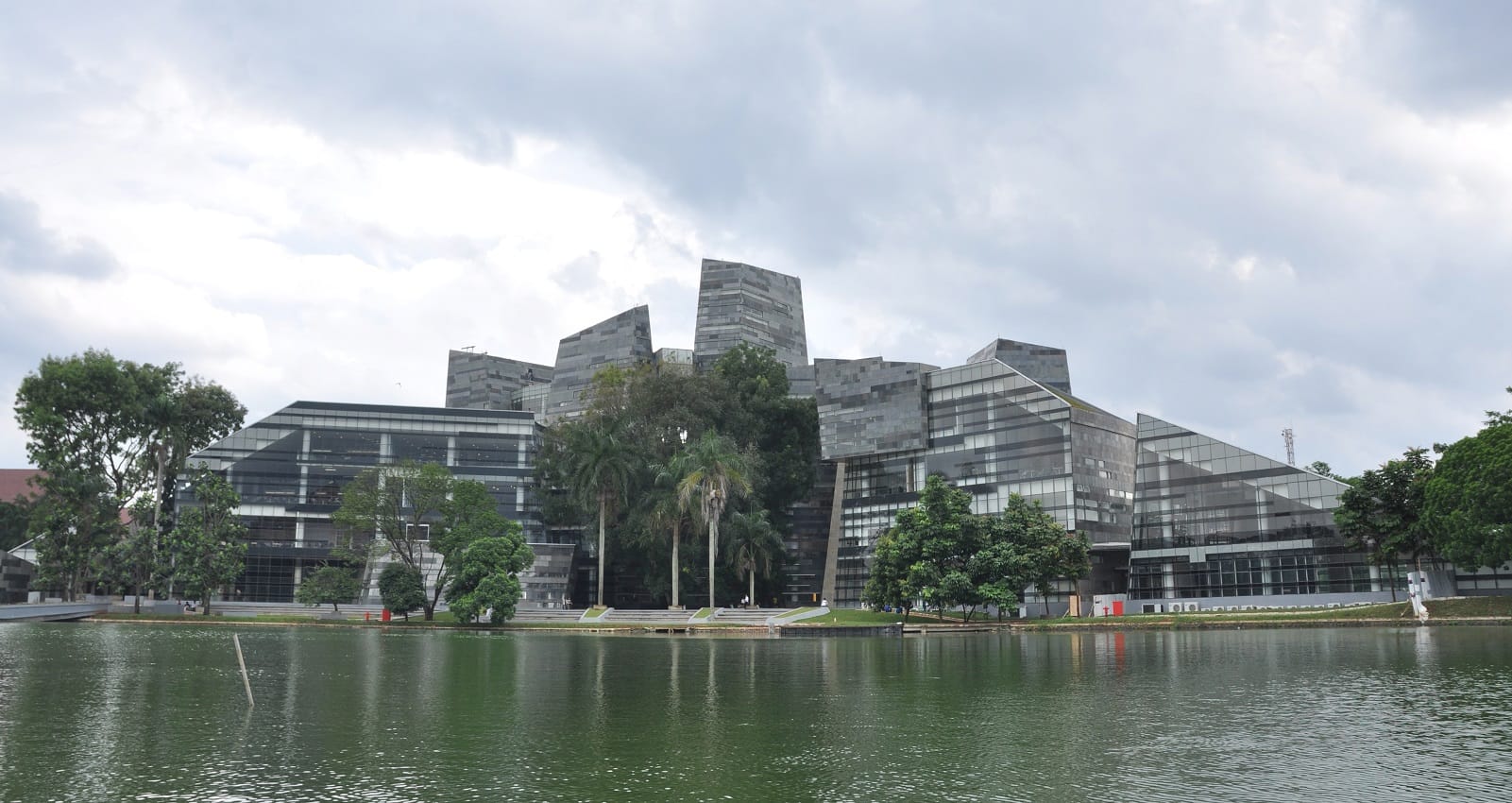
Essay on Adrian Vickers’s A History of Modern Indonesia
It is known that Indonesia is one of the largest and the most populous countries in the world, which consists of hundreds of native ethnic groups. However, the history of Indonesia is not widely discussed. Adrian Vickers is one of those historians who are interested in the historical processes of this unique country in the 20-th century, and he is ready to share his thoughts with the readers in the book A History of Modern Indonesia. The book consists of eight chapters each of which describes a certain historical period in the life of modern Indonesia, including the country’s origin under the Dutch rule, the anti-colonial revolution that led to independence in 1949, a crucial period of the 1950s which led to the formation of a new nation, the Sukarno years, the severe anti-Communist massacres in the 1960s, the fall of Suharto’s New Order after thirty two years rule, the severe political and religious public disorders which led to the Bali bombing in 2002. This paper represents critical review of the chapters 1-3 of Vickers’ A History of Modern Indonesia.
In the first chapter titled Our Colonial Soil, Adrian Vickers, the Professor of Asian Studies at the University of Wollongong and an experienced historian and politician, discusses the origin of Indonesia. It is found that “before 1945there was no Indonesia, but rather a collection of islands spread across the Equator that the Dutch made into the Netherlands East Indies” (Vickers, 2005: 9). The Dutch established control over the islands of Indonesia and its people. That is why the Dutch had enormous impact on the cultural, social and economic life of the population. Adrian Vickers states that “the Dutch have shaped modern Indonesia” (Vickers, 2005: 9). Of course, the Dutch were often faced resistance from local fighters who did not want their country to be a colony. The author of the book discusses the major political events that took place in that period, including the Ethical Policy period, which depended on the military takeover, and led to the economy improvement, and the Snouck’s policy of association with Europeans.
In the second chapter titled Cultures of the Countryside, the author pays special attention to the territories that are located far from the central cities and towns of the islands of Indonesia. He describes Blora, which is famous for its cultural and social diversity, and its vivid history. The colonial period is described as “the age of madness” (Vickers, 2005: 40). The author also discusses the role of education in the life of local people. The Dutch had influence on the development of education. In most cases, the Dutch wanted the natives to attend schools, but most of them refused. It is found that “by 1928, almost 75,000 Indonesians had completed Western primary education, and nearly 6,500 secondary school, still a very small portion of total population”(Vickers, 2005: 40). Of course, the representatives of the higher class were the first to get education, while the poor had no opportunity to do it because they had to work hard. Local people had different attitude to these policies. Some people were grateful to the Dutch whom they considered “examples of all that was modern”, while others felt that they were patronized. The author mentions the names of those people of Indonesia who had got education and were ready to do much more for their people. Among them were a feminist Raden Ajeng Kartini and a novelist Pramoedya Ananta Toer. In addition, the author states that many peasants were against the colonial state and represents true facts about their activity against the Dutch rule.
In the third chapter titled “To Assail the Colonial Machine”, Adrian Vickers discusses the life of local population under the Dutch rule. He states that “cities played a key role in creating a sense of Indonesia for those the Dutch called natives”, because most cities were educational centers and “represented all that was modern, both good and bad” (Vickers, 2005: 60). The major cities of the Indies were Batavia, Semarang, Medan, Makasar, and some other ports. To better understand the significance of urbanization for the population of Indonesia, the author discusses the activity of “the early twentieth century pioneers of migration to the cities” (Vickers, 2005: 61).
It is found that Adrian Vickers often refers to Pramoedya Anata Toer, the well-known novelist and the author of the book This Earth of Mankind, whose life was closely connected with Indonesia. The story discussed in his book was set at the late period of the Dutch rule in Indonesia. That is why it is possible to find a lot of facts on history, politics, economy, social and cultural life. Moreover, in Toer’s book, there is much information on the unjust life of the Indonesian people during the colonization period, during which the level of social status was marked by the amount of European blood. Minke, the main character of the book, protests against hierarchical society (Toer, 1996). Andrian Vickers’s analysis of the depiction of Indies society and Toer’s book This Earth of Mankind have very much in common as both literary works provide many important facts from the history of Indonesia under the Dutch rule.

